Green Milkweed Grasshopper Facts
- This brilliantly colored insect bears the descriptive and informative common name of the Green Milkweed Grasshopper. That’s not the only common term for the remarkable invertebrate, though. In point of fact, it has at least two alternate names.
- That’s because it’s also known to some as the African bush grasshopper, and the Green Stinkweed Locust. Professional researchers, meanwhile, know it by its scientific name. That’s the exceedingly hard to pronounce term of Phymateus viridipes.
- Regardless of which term one uses to refer to the insect, though, one thing stands out. That’s the fact that, like all locusts, it’s considered by some people to be a pest in some regions of the world. It sometimes damages crops ornamental plants.
- The Swedish entomologist Carl Stål gave it the technical name that it holds. That occurred when this researcher made the first official recognition of the creature. He made the original acknowledgement of it as a separate and distinct species in 1873.
- Like the great majority of its kindred, the Green Milkweed Grasshopper appears to be maintaining a sizeable population base. This further seems to hold true throughout the entirety of its natural range. The IUCN, therefore, has no listing for on its Red List.
- Although a large percentage of insects face serious threats, for the moment, it does not. Its tendency to reproduce in vast numbers provides it with some protection from the dangers now facing most species. Those consist of habitat loss and climate change.
Related Articles
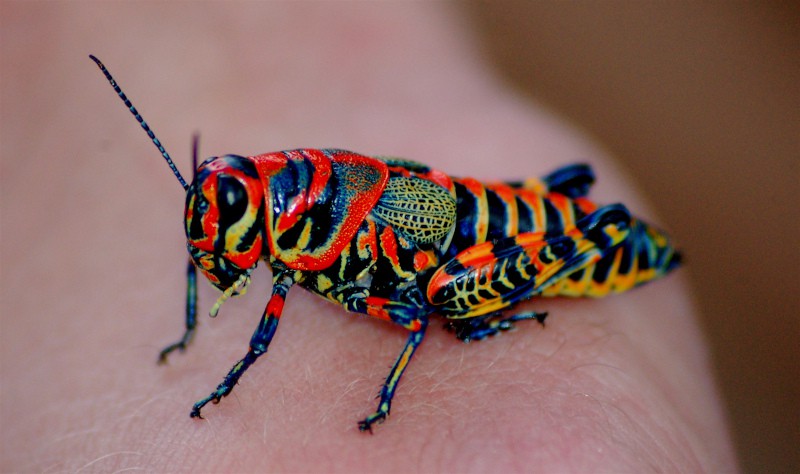

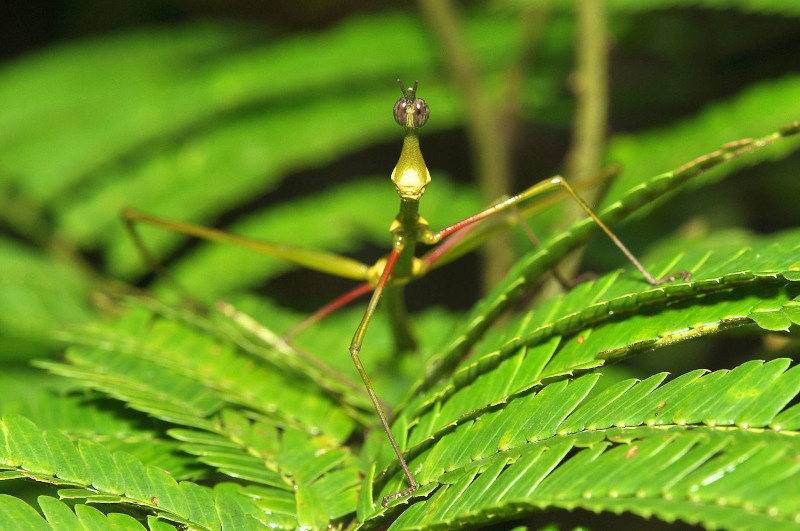
Green Milkweed Grasshopper Physical Description
The fabulous Green Milkweed Grasshopper merits appreciation for more than just its physical appearance. This trait nonetheless also deserves its own share of admiration, though. Nevertheless, this insect is also an above-average sized variety of locust.
But the amazing traits of the arthropod do not stop there. That’s because, like many of its relatives, it displays a moderately strong degree of the physiological trait of sexual dimorphism. In its case, this characteristic manifests itself in terms of sheer physical size.
More precisely, the female typically attains a significantly greater body size than that of her male counterpart. Although the males remain smaller, females reach an average body length of 2.8 in (7 cm). The body of the insect itself develops as moderately stout.
Quite interestingly, the region immediately behind the head evolved a unique characteristic. That’s the presence of a grouping of small, protruding spines. Even more impressively, these generally develop with a bright red tip, making for a visually striking image.
Most of the body of the Green Milkweed Grasshopper, however, displays the namesake green shade. This also extends to the forewings of the invertebrate. The hindwings, though, display a far different pattern. These show a vivid blue and red combination.
- Kingdom: Animalia
- Phylum: Arthropoda
- Class: Insecta
- Order: Orthoptera
- Family: Pyrgomorphidae
- Genus: Phymateus
- Species: P. viridipes
Green Milkweed Grasshopper Distribution, Habitat, and Ecology
The usually unwelcome but nonetheless impressive Green Milkweed Grasshopper inhabits a moderately large section of the globe. That’s because it evolved as endemic to the continent of Africa. Sadly, though, the arthropod doesn’t appear in all areas of the region.
More precisely, the amazing invertebrate only seems to inhabit the southern regions of the continent. Within that range, however, it makes its presence known in every country. When it swarms, however, these groupings sometimes move beyond that usual area.
This remarkable work of evolution further displays a very strong versatility in its choice of habitats. Most individuals and groups appear in various regions of grassland. Individuals and smaller groupings also sometimes appear in cultivated regions such as gardens.
Within its native range, the arthropod frequently engages in extremely long migratory flights. These flights, however, usually occur at somewhat lower altitudes. During its periods of swarming activity, though, these swarms generally fly at significant altitudes.
The Green Milkweed Grasshopper also typically feeds opportunistically, like its many relatives. Though this can include crops and garden species, it mainly feeds on plants in the Stinkweed Family. At this time, it also often groups together on trees in large numbers.
Its prevalence for feeding on species in the Stinkweed Family provide it with an added benefit. Like all grasshoppers, it emits a noxious foam as a means of defense against predators. Due to its consumption of Stinkweed, however, its foam has a toxic nature.
Species Sharing Its Range
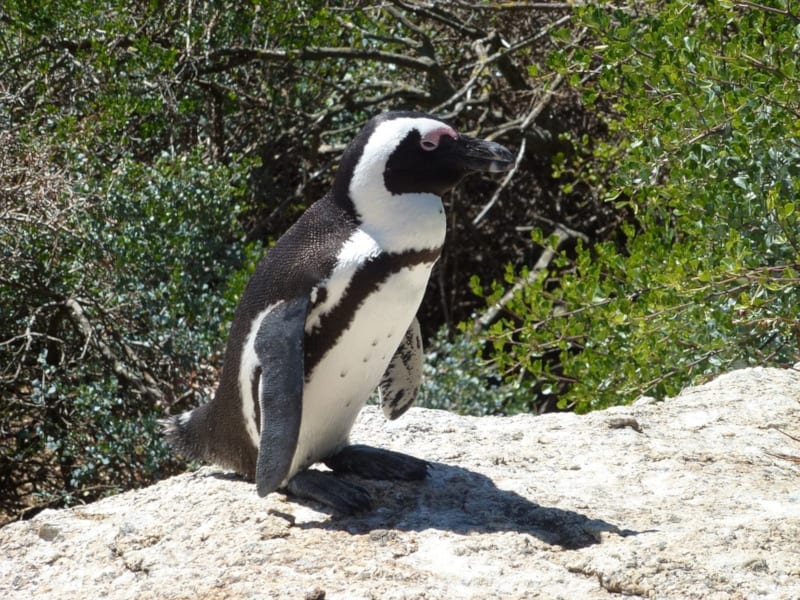
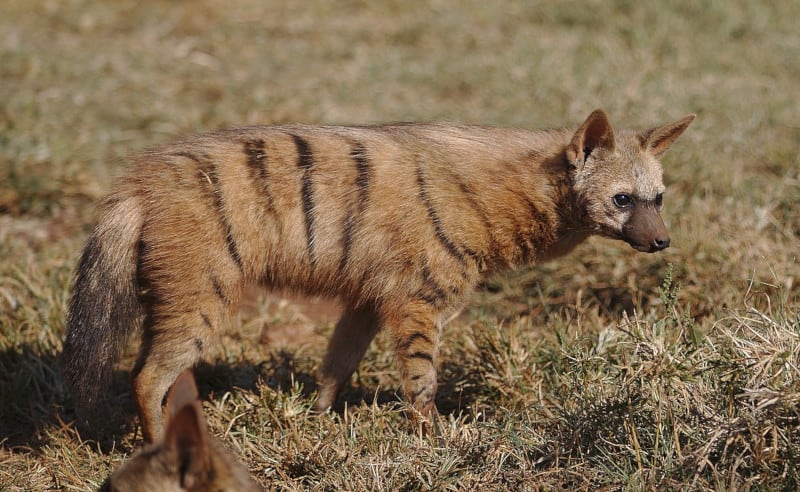
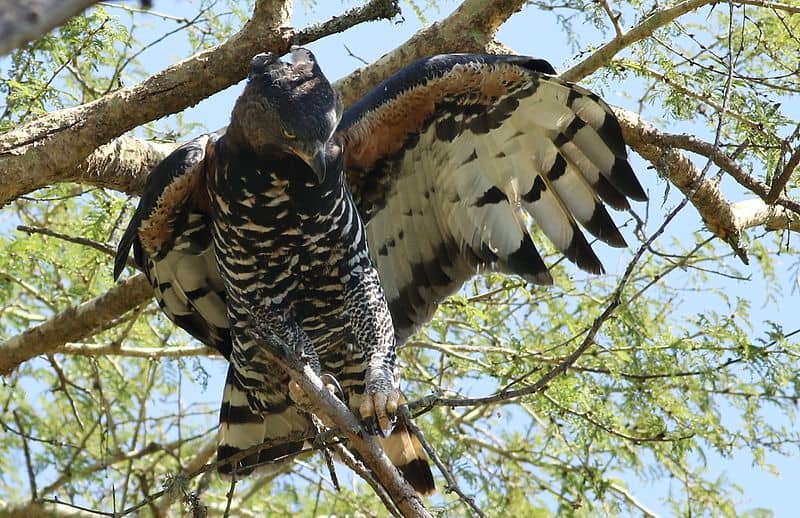
Check out our other articles on 4 Wondrous United States Waterfalls, Bowmouth Guitarfish, Postojna Cave, Vietnamese Mossy Frog, Rainbow Snake, Arrowleaf Elephant Ear, Marbled Polecat
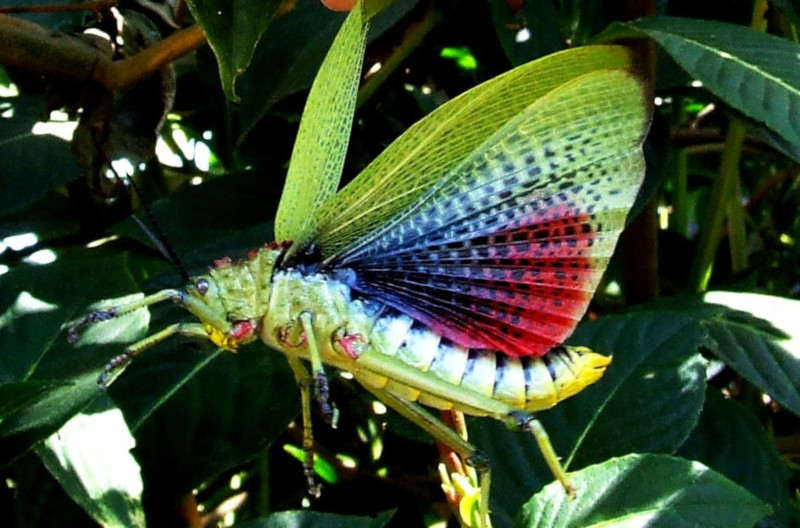
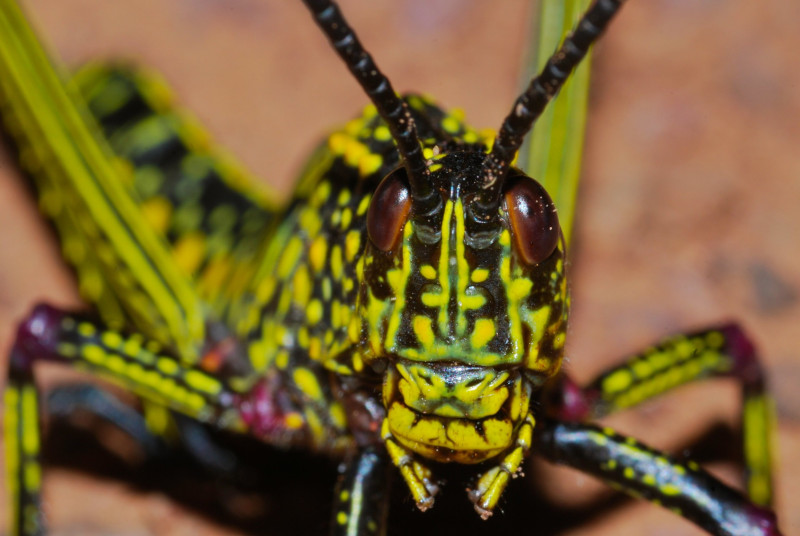
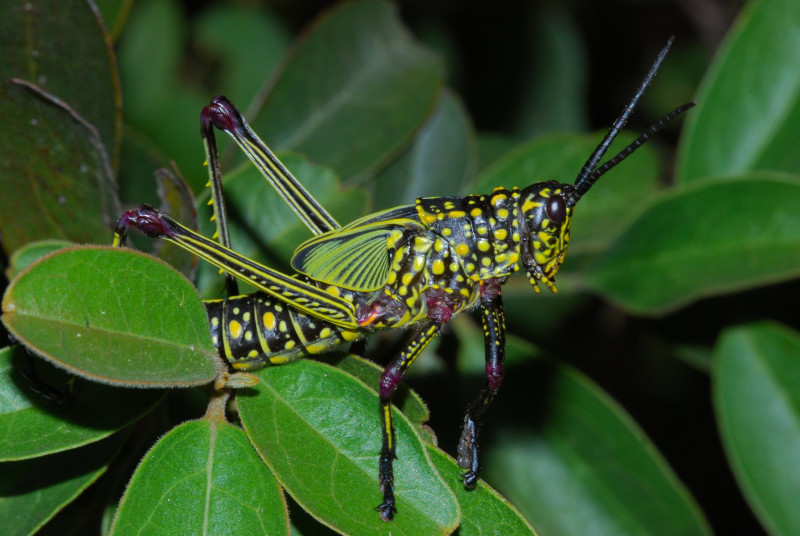









You left out things like diet, preditors, things needed to get a full understanding of this “rainbow” bug.
Hello Aubrey,
Thank you for your comments. We must point out, however, that we did mention its diet, in the fifth paragraph of the third section. While it is true that we did not specify it’s predators, we referenced them generally, because they are precisely that…general. Given its nature, it fall prey to the same creatures as its many relatives, birds, mammals, reptiles, spiders, etc.
Sincerely,
OBP